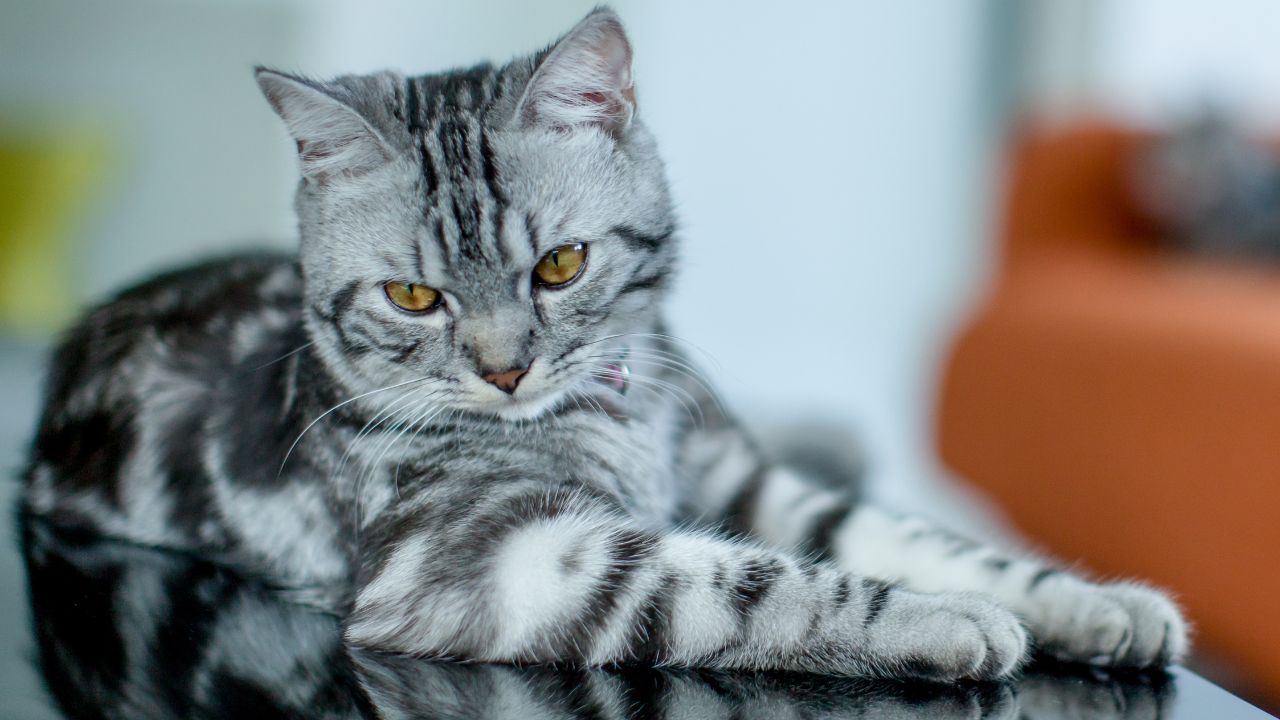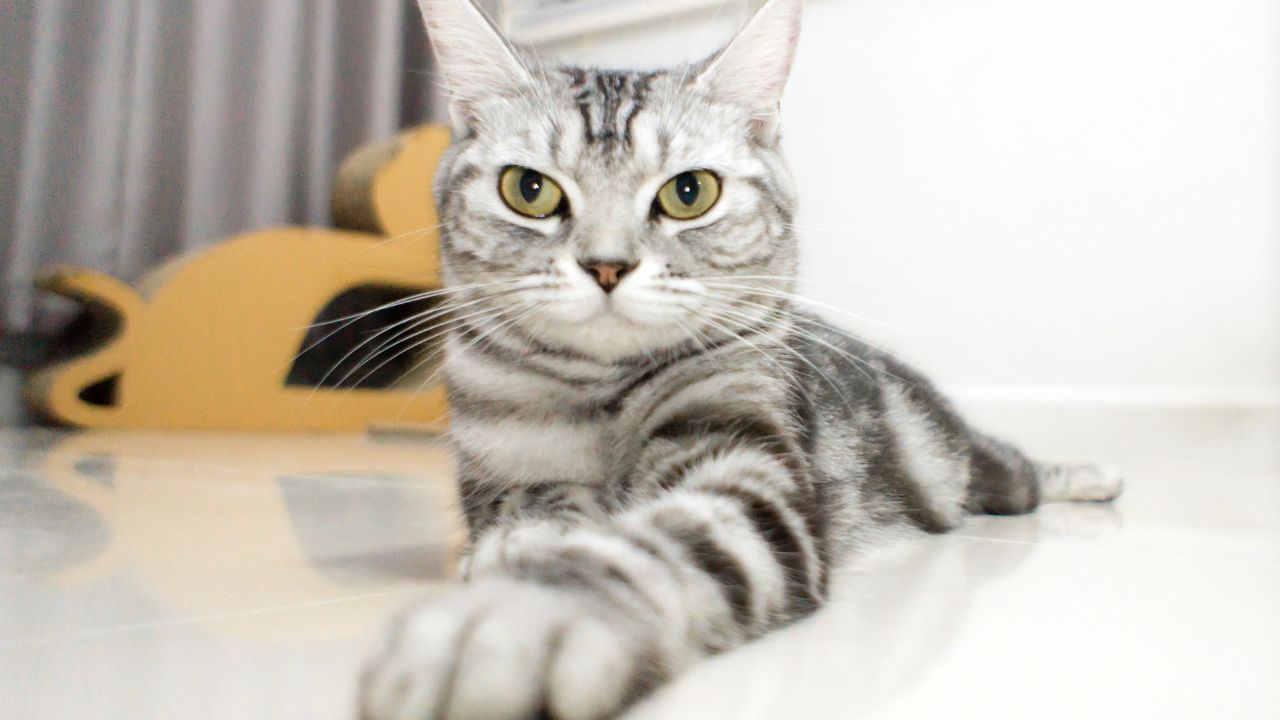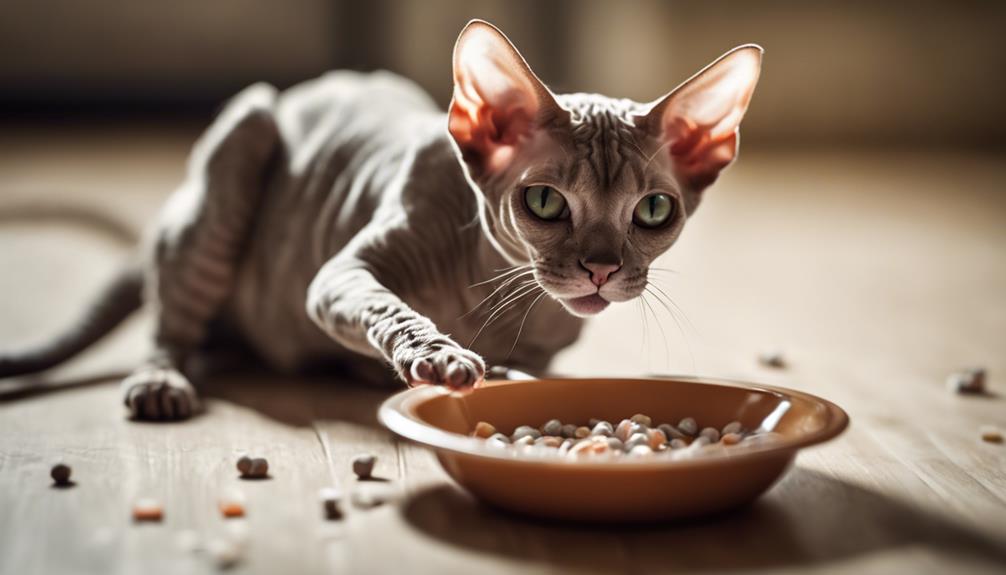American Shorthair cats are a popular breed of domestic cats known for their friendly and affectionate nature. However, like most cats, they have a natural instinct to scratch. This behavior can cause damage to furniture, which can be frustrating for pet owners. Therefore, it’s important to understand why cats scratch and how to prevent them from scratching furniture.
Scratching is a normal behavior for cats that serves various purposes, including marking their territory, sharpening claws, and stretching their muscles. However, when cats scratch furniture, it can be a problem for pet owners. Luckily, there are several ways to prevent cats from scratching furniture, such as providing them with a scratching post, using deterrent sprays, or using double-sided tape. By understanding why cats scratch and implementing these preventative measures, pet owners can keep their furniture scratch-free and their cats happy.
Why Do Cats Scratch Furniture
As an expert in cat behavior, I can tell you that scratching is a natural behavior for cats. It is rooted in their instincts and serves a few important purposes. Let’s take a closer look at why cats scratch furniture.
Marking Territory
Cats are territorial animals, and scratching is one way they mark their territory. When a cat scratches, they leave behind both visual and scent marks. The visual marks are the scratches themselves, while the scent marks come from glands in their paws. These scent marks are unique to each cat and help them establish their territory.
Communication
Cats also use scratching as a way to communicate with other cats. When a cat scratches, they leave behind a visual and scent message that other cats can pick up on. This can help cats establish dominance or warn off potential threats.
Instinctive Behavior
Finally, scratching is an instinctive behavior that serves a few practical purposes for cats. First, it helps them maintain healthy claws by removing the outer husks of their claws and making way for new claw growth. Second, it helps them stretch and exercise their muscles. And third, it provides a way for them to relieve stress and anxiety.
Overall, scratching is a natural behavior for cats that serves a few important purposes. While it can be frustrating when they scratch furniture, it’s important to provide them with appropriate scratching surfaces and discourage them from scratching in inappropriate places. By understanding why cats scratch, you can better meet their needs and strengthen your bond with your feline friend.
Scratching Behavior in American Shorthair Cats
Preference for Surfaces
As an American Shorthair cat owner, I know that scratching is a natural behavior for cats. American Shorthairs, like many other cat breeds, prefer to scratch on both horizontal and vertical surfaces. However, they may have a preference for certain surfaces over others.
According to Animal Health Topics / School of Veterinary Medicine – UC Davis, cats may prefer to scratch on rough or textured surfaces. Wooden furniture and upholstery fabric may be appealing to cats due to their texture.
Scratching Patterns
Cats may also have a specific pattern of scratching. Some cats may prefer to scratch in a certain direction, while others may scratch in a circular motion.
It is important to note that cats scratch for various reasons, including to mark their territory, stretch their muscles, and sharpen their claws. As a cat owner, it is important to provide your American Shorthair with appropriate scratching surfaces to prevent damage to your furniture.
In conclusion, American Shorthair cats have a natural tendency to scratch, and it is important to provide them with appropriate surfaces for scratching. By understanding their scratching behavior and preferences, cat owners can provide their feline friends with the necessary tools to fulfill their scratching needs.

Preventing Furniture Scratching
As an owner of an American Shorthair cat, I understand the frustration of finding your furniture scratched up. However, there are ways to prevent this behavior and redirect it towards more appropriate outlets.
Providing Alternatives
One of the most effective ways to prevent furniture scratching is to provide alternatives for your cat to scratch on. Scratching posts, cat trees, and cardboard scratchers are all great options. It is important to choose sturdy posts made of materials such as sisal rope or wood, as flimsy ones may not hold up to your cat’s scratching. Additionally, catnip can be used to attract your cat to the new scratching area.
Training Your Cat
Training your cat to use the alternatives provided can be a bit of a process, but it is worth it in the end. Praise and treats can be used to encourage your cat to use the scratching post or cardboard scratcher instead of the furniture. Additionally, marking the new scratching area with a pheromone spray can help attract your cat to it.
Using Deterrents
If your cat continues to scratch the furniture despite the alternatives provided, deterrents can be used. Double-sided tape can be placed on the furniture to make it less appealing to scratch. Vinyl guards can also be used to protect the corners of couches and chairs. Additionally, spray deterrents can be used to discourage your cat from scratching in certain areas.
Overall, preventing furniture scratching in American Shorthair cats requires patience, care, and redirection. By providing alternatives, training your cat, and using deterrents when necessary, you can protect your furniture while still allowing your cat to stretch and scratch.
Product Recommendations
Scratching Posts
As an owner of an American Shorthair cat, I know firsthand how important it is to provide them with a designated scratching area. Scratching posts are a great option for redirecting your cat’s scratching behavior away from your furniture. When choosing a scratching post, look for one that is sturdy and made of materials that your cat will enjoy scratching, such as sisal rope or cardboard.
Some great options to consider are the Amazon Basics Cat Scratching Post and Hammock, which features a sisal-wrapped post and a comfortable hammock for your cat to lounge in, or the PetFusion Ultimate Cat Scratcher Lounge, which is made of recycled cardboard and doubles as a cozy place for your cat to rest.
Protective Covers
If your cat has already made a habit of scratching your furniture, protective covers can help prevent further damage. Clear vinyl panels or double-sided tape can be placed on the areas your cat likes to scratch to deter them from continuing this behavior. Another option is motion-detection air spray cans, which release a harmless burst of air when your cat gets too close to the protected area.
For a more aesthetically pleasing option, furniture guards can be placed on the corners of your couch or chair legs to prevent scratching. The Plastic Couch Cover for Pets is a great option for protecting your furniture while still maintaining the look of your home.
Overall, providing your American Shorthair with a scratching post and using protective covers can greatly reduce the likelihood of them scratching your furniture. Additionally, providing your cat with toys and catnip can help redirect their scratching behavior to appropriate areas.
Top Takeaways
As an American Shorthair cat owner, I know firsthand how frustrating it can be when your feline friend scratches up your furniture. Here are some key takeaways to keep in mind:
- Scratching is a natural behavior for cats and serves various purposes, including marking their territory, sharpening claws, and stretching their muscles. So, it’s important to provide your cat with appropriate scratching surfaces.
- Experiment with different types of scratching surfaces to see what your cat prefers. Sisal rope, carpet, wood, or cardboard are all good options. Once you find a surface your cat likes, place it in a visible and accessible location.
- If your cat continues to scratch your furniture, try using double-sided sticky tape or a spray deterrent to discourage them. You can also try trimming your cat’s nails regularly or using nail caps to prevent damage.
- Remember to reward your cat when they use their scratching post or surface appropriately. Positive reinforcement can go a long way in encouraging good behavior.
By keeping these tips in mind and providing your American Shorthair cat with appropriate scratching surfaces, you can help protect your furniture and keep your furry friend happy and healthy.




